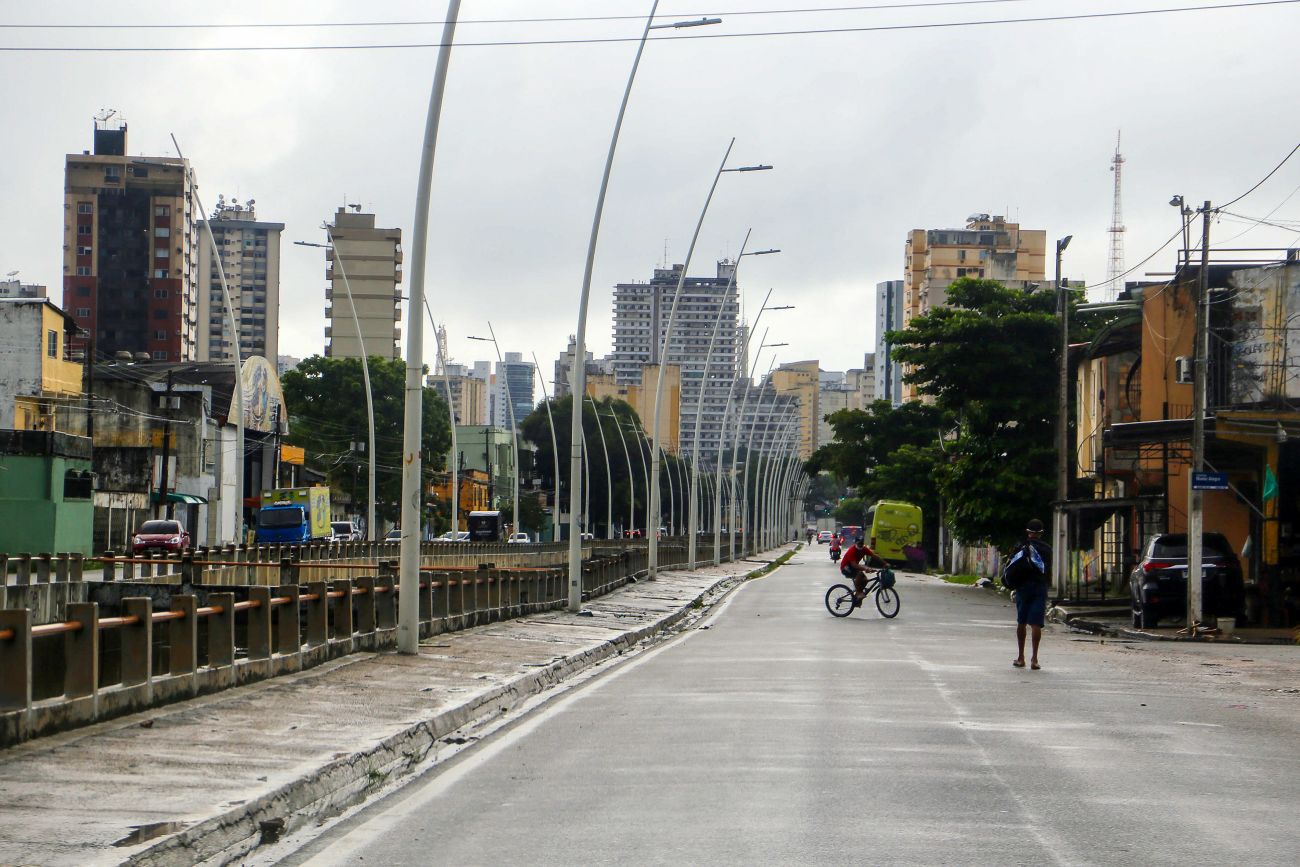


But the most famous of all is açai, a dark purple and pungent fruit that is consumed in a variety of ways, including as juice, ice cream, or, more popularly, as an accompaniment to fish. The most highly addictive are cupuaçu and bacuri, both of whose pearly flesh is an ambrosial mixture of sweetness and tanginess. But wait until you smell and taste them, which you can do in forms that include juices, compotes, doces, jellies, cremes, puddings, liqueurs, and sorvetes. The names in themselves are seductive: cupuaçu, bacuri, muruci, uxi, taperabá, tucumã, bacaba, and pupunha. The region best lives up to its reputation as a paradise of earthly delights when it comes to its fruits. Another mainstay is casquinha de caranguejo, in which shredded crab meat is sautéed with cilantro, alfavaca, and lime and served in its shell. Meanwhile, unhas de carangueio (crab claws), which are less work to eat, have extremely tender meat. Whole crabs cooked with lemon and garlic are known as caranguejo toc-toc, due to the “toc toc” noise that comes from hammering their shells with tiny wooden mallets. It is usually dried and salted before being grilled on a hot tile or cooked in coconut milk, and then served with farinha and light, buttery feijão manteguinha, a type of bean from the region of Santarém.įor snacks, caranguejo (crab) is very popular. Known as the Amazonian bacalhau (cod), pirarucu is Brazil’s largest fish, measuring up to 2.5 meters (8 feet) and weighing up to 80 kilograms (176 pounds).

Filhote appears in myriad recipes, often as the main ingredient in peixada, a stew that includes potatoes, tomatoes, garlic, and cilantro. Such dishes are often accompanied by arroz de jambu (rice flavored with jambu leaves) and farinha d’água, manioc flour that, having been left to soak in the river, has a soft, fluffy consistency.Īmong the many fish you’ll come across, two of the most prevalent are filhote and pirarucu. Tucupi (which is cooked for some 12 hours in order to remove poisonous components) shows up in other specialties, such as the iconic pato no tucupi, an aromatic duck stew, and maniçoba, the Paraense equivalent of feijoada in which different portions of pork and sausage are cooked together along with dark-green leaves from the manioc plant (which require a week’s cooking to remove their toxins). Served piping hot in cuias (hollowed-out gourds), tacacá gets an extra kick from the addition of pimenta de cheiro, a yellow pepper whose aroma is pungent and piquant, and alfavaca, a wild Amazonian version of basil. Regardless, it mixes shrimp with tucupi, a thick yellow liquid extracted from the roots of the manioc plant, and jambu, a creeping plant whose leaves cause a pleasant tingling and numbness of your lips. To some, tacacá is a broth to others it is a drink, or even a stew. Belém is the Amazon’s culinary capital, and the city’s signature dish, tacacá, is an intoxicating fusion of key ingredients that provides an excellent initiation to the region’s cuisine. The region’s rivers and rain forests provide an endless supply of exotic ingredients, and nowhere else in Brazil will you encounter so much indigenous influence. However, the best place to savor the region’s cuisine is in Belém-either at an atmospheric restaurant (many of which are located in tourist attractions) or at the one of the street barracas where local women sell local delicacies such as the famous tacacá.įor those who seek to challenge their palates, the Amazon provides an unforgettable feast. Seductive for its exotic colors and flavors, Paraense cuisine is gaining fame throughout Brazil.


 0 kommentar(er)
0 kommentar(er)
